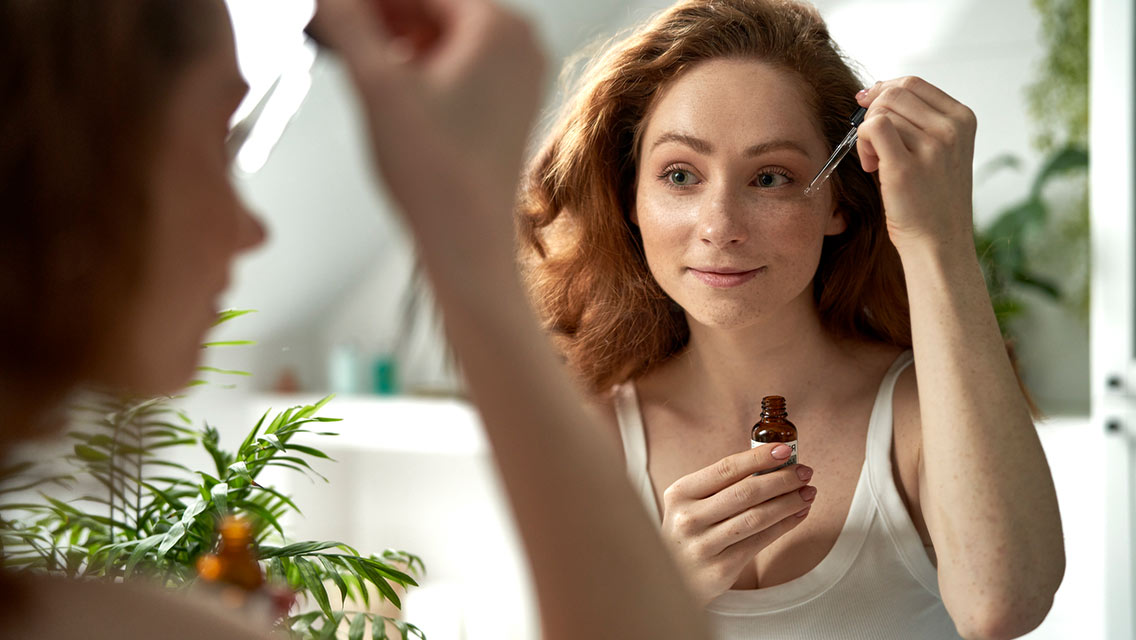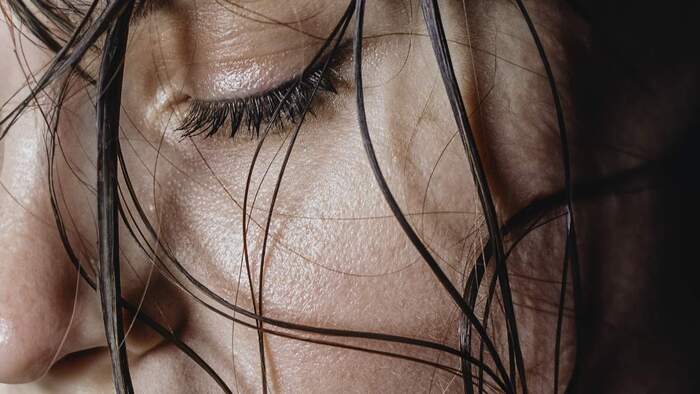Castor oil is enjoying a moment. On TikTok, more than 100 million videos feature it, with many extolling its virtues. Some promote its topical use for thicker eyelashes and softer skin, while a stunning number celebrate the traditional Ayurvedic practice of navel pulling: pouring castor oil in the belly button before bed to relieve menstrual cramps, improve digestion, or lose unwanted weight.
As peculiar as that practice may sound to some ears, the medicinal properties of the humble extract of the castor bean are well-established. The bean comes from a plant known as palma Christi (or “palm of Christ”), and its use dates back to ancient Egypt, where it was reportedly used as both lamp fuel and a beauty aid. (Cleopatra allegedly included it in her routine.)
Castor oil is a staple of traditional Ayurvedic treatments as well as an FDA-approved remedy for constipation. Its potent emollient properties also make it a bedrock ingredient of many skincare products and cosmetics — it’s a challenge to find a tube of lipstick without it.
Castor oil’s active ingredient is ricinoleic acid, which can stimulate muscle contractions; it also contains antioxidants, antimicrobial compounds, and essential fatty acids. As all-purpose remedies go, it’s also inexpensive: A pint costs about $10.
As with any oil you might take orally, it’s wise to seek organic, cold-pressed brands that are free of any ingredients other than castor oil itself. The heat and chemical processing used to refine plant oils may destroy their beneficial compounds.
These are just a few of the ways a bottle in the medicine cabinet can be put to good use.
1) Constipation relief
The ricinoleic acid in castor oil stimulates the muscles of the lower bowel, providing nearly immediate constipation relief. (It tends to work in four to six hours, so taking it before bed is not advised.) This stimulation also affects the uterus, so unless you’re trying to induce labor — and castor oil is also used for this — it’s best avoided during pregnancy. (“Constipated? Here Are 8 Ways to Keep Things Moving.”)
2) Hair and scalp health
The Internet is abuzz with claims that castor oil can promote hair growth, but the research is mostly anecdotal. (Some experts speculate that ricinoleic acid can stimulate circulation in the scalp, which may support hair growth, but beyond that it’s unclear.) Still, its emollient properties can help moisturize dry hair, reducing frizz and smoothing strands.
Massaged into the scalp, its antimicrobial properties may help reduce dryness and itching. Because castor oil is so dense, many experts recommend mixing it with a lighter carrier like coconut or jojoba before applying it to hair or the scalp as a preshampoo treatment. Be sure to wash it out completely to avoid buildup.
3) Skin health and wound healing
Like any emollient, castor oil can help moisturize and protect the skin from dryness. I have a friend who swears by its transformative power for the rough skin on his feet, especially when mixed with aloe vera.
The benefit of using it in place of lotions with more complicated ingredient lists is just that — it’s a pure, uncomplicated ingredient that’s safe enough to eat and thereby doesn’t come with a list of potential hazards for your endocrine organs.
You can also treat scrapes and other injuries with a little castor oil. Studies have found its antibacterial properties are potent enough to help combat the bacteria that causes staph infections.
4) Inflammation reduction and pain relief
Castor-oil packs — made by soaking a piece of flannel in castor oil and then placing it on the affected area, ideally with a heating pad — are a time-tested remedy for pain relief. This may be because, in addition to stimulating muscle contractions, ricinoleic acid boasts anti-inflammatory and pain-relieving effects.
A study found castor oil to be as effective as a popular NSAID at relieving knee pain related to osteoarthritis and with none of the side effects. Castor-oil packs placed on the abdomen can also be used for relief from painful menstrual cramps.




